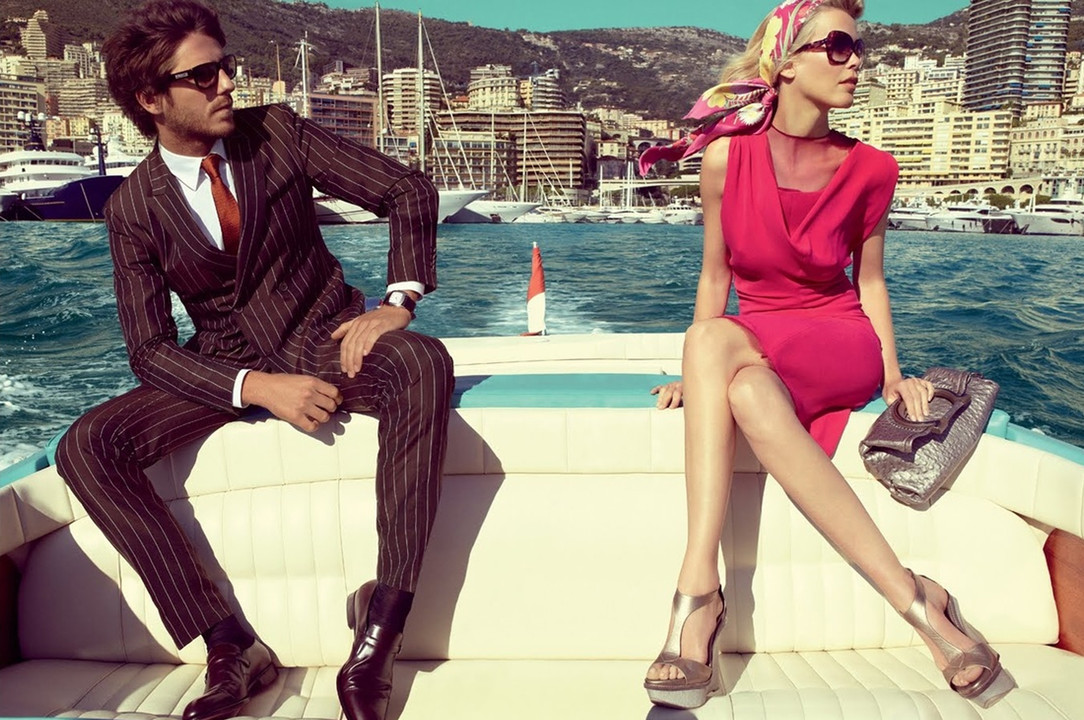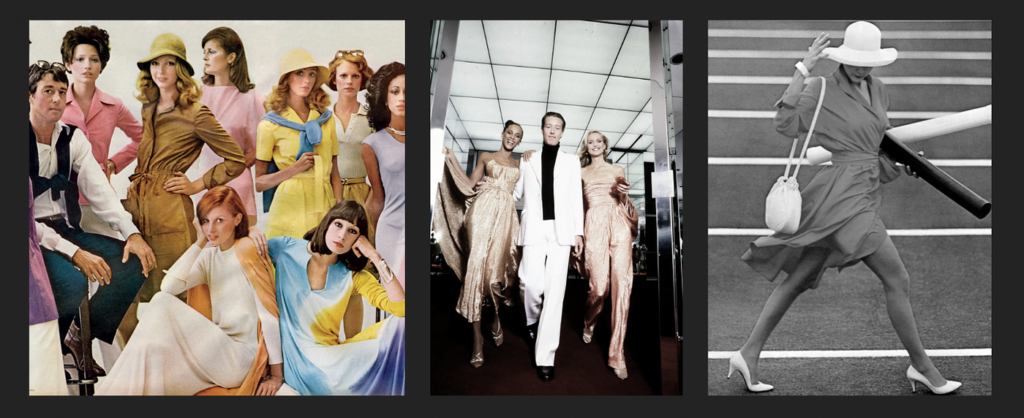
A Look Into Luxury Fashion: Is It Losing Its Exclusivity?
June 17, 2025 UncategorizedLuxury fashion has long been synonymous with exclusivity, craftsmanship, and an aspirational lifestyle. Historically, owning a luxury item from brands like Chanel, Gucci, or Louis Vuitton was not just about purchasing a high-quality product but also about securing a place within an elite circle. The allure of rarity — limited releases, invitation-only events, and exorbitant prices — elevated luxury fashion to an almost untouchable status.
However, as the fashion landscape evolves, many are beginning to question whether the concept of exclusivity in luxury fashion is fading. From collaborations with streetwear brands to mass-market retail expansion, luxury fashion houses are increasingly engaging in strategies that seem to blur the lines between high-end design and mainstream accessibility. So, is luxury fashion losing its exclusive allure, or is it simply evolving to meet the demands of a new generation of consumers?
The Rise of High-Profile Collaborations
In recent years, one of the most significant trends shaking up the luxury fashion world is the rise of collaborations with streetwear brands. Iconic labels like Louis Vuitton, Dior, and Balenciaga have joined forces with urban brands such as Supreme, Off-White, and Kith. These partnerships often result in limited-edition releases that, while exclusive in number, are widely accessible through online drops or well-established retail channels.
While these collaborations certainly fuel demand and create buzz, they also make luxury fashion more “approachable.” A high-end brand that once catered only to the elite is now dipping into streetwear’s vast market of younger, more diverse consumers. What was once considered a rarefied product is now more visible and attainable than ever before.
Take the Louis Vuitton x Supreme collaboration, for example. When it debuted in 2017, it was a cultural phenomenon. It bridged the gap between luxury and streetwear in a way that few could have predicted, with products like $1,000+ hoodies selling out within minutes. Yet, the ease with which anyone with the right resources could purchase these items also raised questions about what truly sets luxury apart anymore. Is it just the price tag, or is it the experience, the design, and the cachet that comes with owning it?

The Democratization of Luxury
Another factor contributing to the shift in luxury fashion’s exclusivity is the democratization of luxury through digital platforms. Luxury brands are increasingly using e-commerce to reach customers in regions that might have once been inaccessible. A few clicks are all it takes to order a Gucci bag from anywhere in the world, making the experience far less exclusive than the days when only those with access to high-end boutiques in major cities could secure these coveted pieces.
Even more telling is the rise of resale markets for luxury fashion. Websites like The RealReal, StockX, and Vestiaire Collective allow consumers to buy and sell luxury items with relative ease. While these resale platforms serve as a great way to find rare pieces, they also challenge the concept of exclusivity. After all, if anyone can find a discontinued Chanel bag or a rare pair of Christian Louboutin heels on the resale market, can the brand still claim exclusivity?
The proliferation of resale sites also presents a paradox. On one hand, it offers consumers a chance to access items that were once unattainable. On the other hand, it also means that the value of a luxury item is not necessarily determined by the brand itself but by the secondhand market and consumer demand. This shifts the focus from craftsmanship and heritage to the forces of supply and demand.
The Influence of Social Media and Influencers
Social media has undoubtedly had a massive influence on the luxury fashion market. Instagram, in particular, has turned every influencer, celebrity, and fashion blogger into a walking billboard. Brands like Balenciaga, Chanel, and Fendi have partnered with influencers to promote their collections to millions of followers. While this creates massive exposure and often leads to increased sales, it also alters the perception of exclusivity.
When a celebrity or influencer is seen wearing a luxury item on their Instagram feed, it automatically increases the visibility of that item — sometimes to the point where it becomes almost ubiquitous. As more and more people are exposed to luxury fashion through these platforms, the mystique and rarity associated with owning a piece of high-end fashion can start to dissipate.
In addition, the rise of “affordable luxury” brands like Michael Kors, Coach, and Tory Burch has played a role in the blurring of boundaries between high-end and mid-range fashion. These brands offer a taste of luxury at a fraction of the price, making it easier for consumers to tap into the luxury world without breaking the bank. For some, this democratization of luxury dilutes its prestige.
The Changing Face of Luxury Consumers

Today’s luxury consumer is different from the traditional, elitist clientele that sought out exclusive pieces to signify their status. The current generation of consumers — particularly Gen Z and Millennials — value accessibility, transparency, and sustainability as much as, if not more than, exclusivity. Luxury brands are responding to these values by focusing on ethical production, diversity in advertising, and using sustainable materials. While these shifts are positive in many ways, they also suggest that luxury is no longer about catering solely to an elite few but rather to a more inclusive and conscientious global audience.
Conclusion: Exclusivity Redefined
Is luxury fashion losing its exclusivity? In some ways, yes. As collaborations, digital access, and the influence of social media make luxury more visible and accessible, the mystique that once made luxury fashion so desirable seems to be slipping. However, this shift does not necessarily mean that luxury fashion is losing its value. Instead, exclusivity is being redefined. It’s no longer about keeping products out of reach but offering consumers unique experiences, limited-edition drops, or bespoke customization — things that still set luxury fashion apart from the mainstream.
In the end, exclusivity in luxury fashion may not be about scarcity alone but about cultivating a sense of belonging to a community that shares a taste for innovation, craftsmanship, and self-expression. While the traditional model of exclusivity is evolving, luxury fashion is proving that it can still remain aspirational — just in a more inclusive and accessible form.
